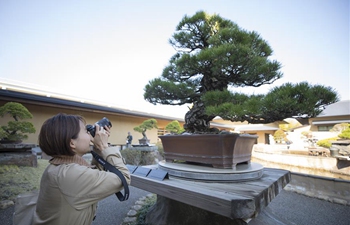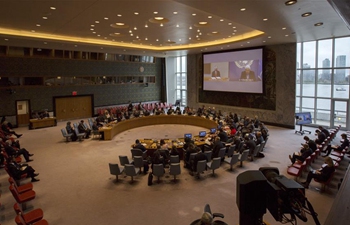JERUSALEM, April 16 (Xinhua) -- A rare pure gold coin dating back to 1,600 years, depicting the image of the Byzantine emperor Theodosius II, was discovered in northern Israel, the Israel Antiquities Authority (IAA) reported on Tuesday.
The coin was discovered in an agricultural field near Sepphoris stream in the Galilee region, by four boys of the fourth grade who went out with their school for a navigation hike. They handed over the coin to the IAA and received good citizenship certificates.
The gold coin is a solidus, the most common currency during the late Roman Empire and the early Byzantine era. It was minted by Theodosius in Constantinople (today Istanbul), around 420-423 CE.
This type of coin is known in the eastern part of the Byzantine Empire, but this is the first time it was discovered in the ancient Land of Israel.
One side of the coin bares the portrait of the emperor, and the other side shows the figure of Victoria, the Roman victory goddess, who holds a large cross.
Theodosius II was one of the most influential emperors in the Byzantine Empire. He promulgated a law code, known as the Theodosian Code.

















